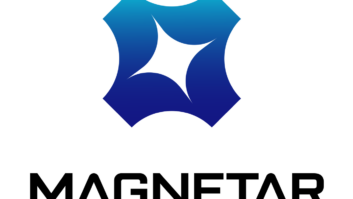
Retail giants have had a rough year.
While the economy continues to make gains, the stock market reaches record highs, and jobs reports put smiles across economists’ faces, retailers like Sears Holdings have failed to exploit the improving economic landscape.
In fact, according to WWD, Sears, JCPenny, Macy’s, Sears Holdings Corp., The Limited, American Apparel, BCBG Max Azria Global Holdings, Wet Seal, and Abercrombie & Fitch Co. are set to shut around 1,000 stores this year.
While there are undoubtedly multiple factors playing into these disappointing results, one of the main reasons for slow sales is bad product assortment. Basically, the retailers failed to put the right products on the shelves and consumers punished them by sending their dollars elsewhere.
Similarly, tech companies such as Fitbit have failed to meet the expectations when their products don’t fully fulfill the consumer demands. In the final months of 2016, Fitbit reported a loss of over 50 cents per share. As a result, it was forced to cut back and lay off 110 employees as it attempted to reorganize.
The consumer sentiment index doesn’t cut it anymore. Understanding consumers has always been high on retailers’ to-do lists. However, too often these companies fall into the trap of using antiquated marketing methods such as the consumer sentiment index to make product decisions. While the consumer sentiment index delivers important information on macroeconomic conditions, it doesn’t offer any help with meeting consumer demand.
Furthermore, the traditional wisdom states that the best route is to offer a wide variety of products on the shelves, increasing the chances that the consumer finds one that they like. Unfortunately, this method doesn’t always work as many consumers become confused and end up choosing a competitor where they can more easily identify the product they’re actually looking for.
Nobody wants to be bombarded with 25 different types of toothpaste. Normally, what they want is to find their favorite go-to toothpaste brand, and get out of the store as fast as possible after purchasing it.
Sentiment analysis can help. Sentiment analysis relies upon natural language processing (NLP), text mining and data mining capabilities to find information on consumer demand. A field of machine learning and artificial intelligence, NLP allows machines to read and derive meaning from human language. However, because it is done through machines, it develops a way to analyze millions of tweets and posts that are uploaded every day to social media sites like Facebook and Twitter.
Sentiment analysis reads through the texts to see whether it is positive, negative or neutral. It can also take into account the meaning of the words as well as in the specific context of what was said. The reason that sentiment analysis is becoming popular for retail and technology businesses is because customers increasingly express their desires, thoughts, preferences and frustrations online.
With sentiment analysis using NLP, now businesses have the opportunity to find out what their customers are saying and how they feel about the products they’re offering at their stores. Using social media, it is now possible for retailers and tech companies to understand the sentiment of their customers in real-time, finding out how they feel about the products on the shelves, store layouts and commercials. Furthermore, sentiment analysis can tell businesses how deeply the customers feel in a certain way about their products, and which features are responsible for these feelings.
Going into the future, technology businesses such as Fitbit, an innovative company in the wearable technology sector, could turn their fortunes around by implementing sentiment analysis with their product releases. With real-time data coming in, the products team could make adjustments to make the public fall in love with their products again. More traditional businesses like Sears can also use sentiment analysis to make more attractive retail locations and stock their shelves to better fit their customer’s mood.
Taran Volckhausen is a contributing editor at Vector, a natural language processing application that performs information extraction on millions of news stories per day. For more information, visit A.I. startup Indexer at www.indexer.me.













